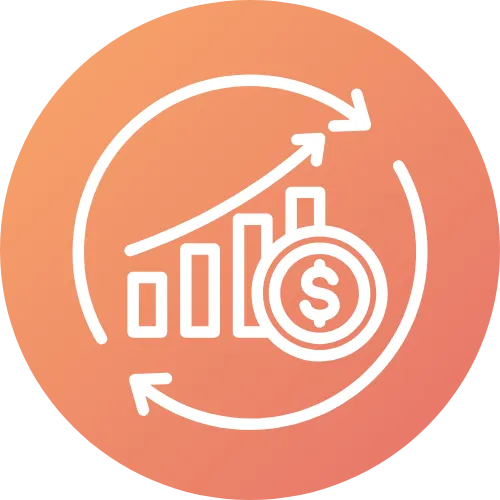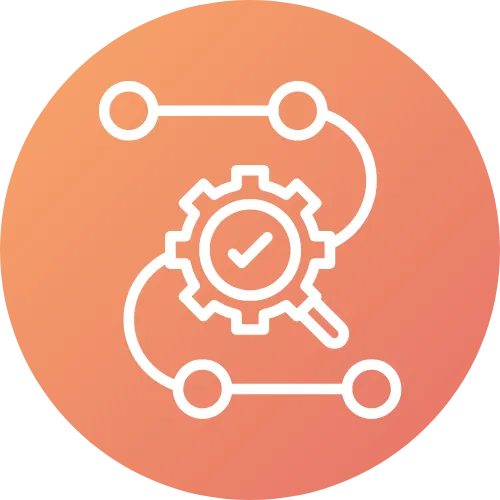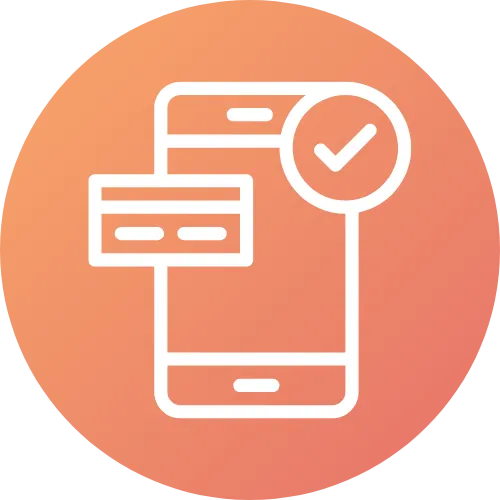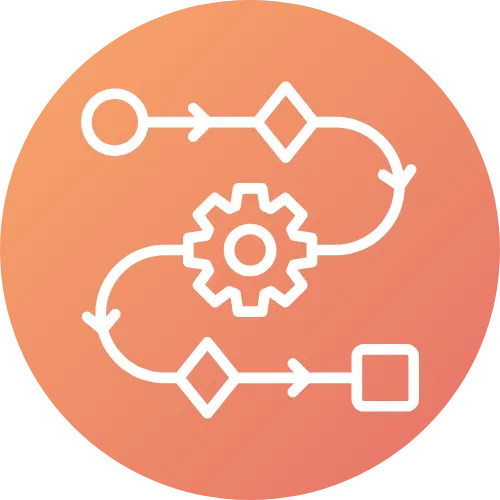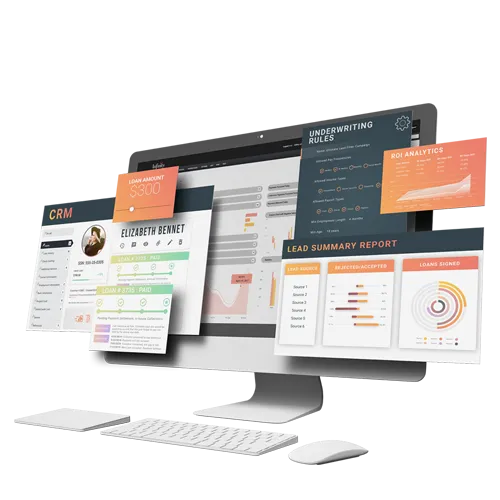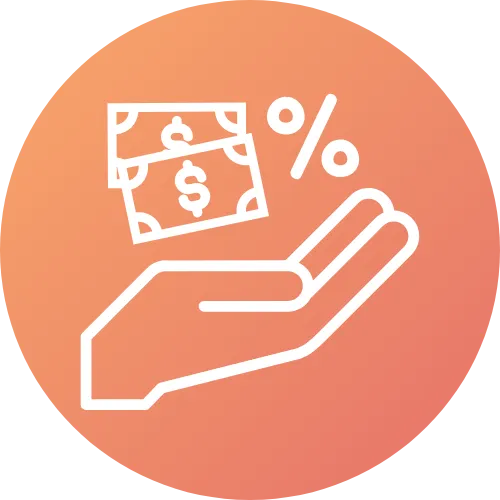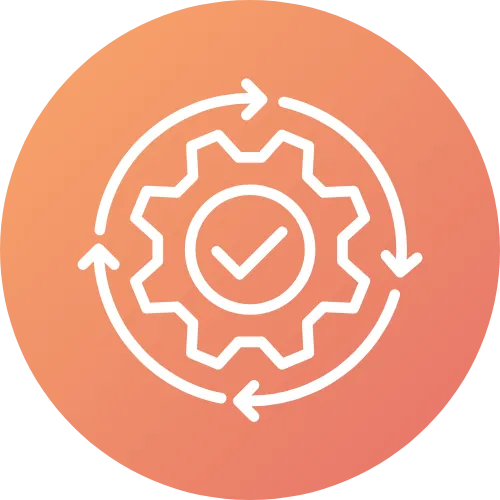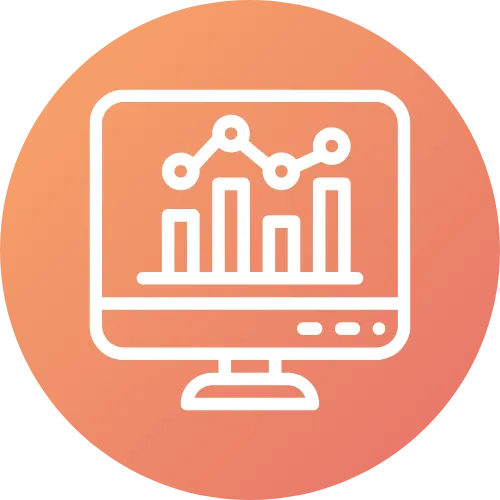
How To Speed Up Loan Origination Process
When it comes to loans, speed is key. After all, a loan doesn't have to be some long, drawn-out process that stresses your resources at each step. From pre-qualification to the loan application itself and processing, as well as underwriting and funding, you can get more done by spending less time and money when you speed up originations with the power of automation.
Not only can automation speed up the loan origination process, reducing the processing time for loans, but customer expectations are changing, too. It's no longer the case that a loan applicant will happily wait days or weeks for loan approval -- some may expect that approval to come in minutes, if not instantly as they fill out the application. Regardless of the bottleneck in your loan origination process, a technology solution can help you streamline that data collection and entry, as well as organize everything so that good decisions can be made quickly and easily.
Even with complicated income statements or tax returns that may need to be meticulously poured over, automation can make that step a cinch, not a bottleneck. After the data has been integrated, software automation can also help you speed up originations by analyzing, rating, and pricing loans via the power of AI and standardized templates, and that means completing loans faster than ever, all while dedicating less time and resources to the task.
The Typical Loan Cycle Process
Pre-Qualification Process
A typical loan goes through quite the gauntlet before funds are dispersed. First is pre-qualification, which is when the borrower is notified of all the items that they must gather to apply for a loan properly. This includes employment information including hourly wage or salary, household income, payment history, bank account statements, and tax returns. Not all documentation may be required for every loan type, but each piece can represent some kind of problem down the line if it's not managed effectively.
Loan Application Process
After the pre-qualification process, the next step in the loan origination process is step two: the loan application itself. Once all the documentation is collected, the borrower will complete the loan application, which is typically done online or through a mobile app. While some applications are accepted in paper form, this requires more manual data entry and review than a digital application, which means a slower process and more resource-heavy touchpoints.
Application Processing and Technology Integration
Third in the loan cycle process is application processing, which is one of the main areas where technology can help. Instead of reviewing each field of the loan application for errors, you can greatly speed up your originations by allowing software to review the loans on your behalf. Just set the approval process to your liking and watch as loans are magically approved and denied based on your criteria. For those edge cases, you can even trigger a manual review that can be looked at further by a loan professional, which can allow you to focus your efforts on loans that need manual review and reduce the burden of those cut-and-dry loans that don't need another look.
Underwriting the Loan
After processing the application, a loan then goes to underwriting, which is how the actual loan decision is made. While no two loans are alike, there are common pieces at play in the underwriting process that can help you speed up originations. By algorithmically evaluating credit score, risk, and other criteria, you can allow the software to make that first-pass determination without meticulously combing over every line. That can help free up resources for those particularly tricky loans while not bogging your loan experts down with loans that are easy to evaluate.
Credit Decision
Next comes the credit decision, which is the summation of all those data points collected to date on a specific loan. There are three possible outcomes -- approval, denial, and sending it back for additional information. While a denial is typically the end of the line, a denial can be revisited if certain loan parameters change, such as a changed loan amount or an altered interest rate.
Quality Control and Final Verification
Following the credit decision, a loan is commonly sent to some kind of quality control queue that verifies the terms of the loan and its approval. Sometimes, additional criteria may be gathered and evaluated, but it's essentially the last look at a loan before it's funded.
Loan Funding and Disbursement
Lastly, a loan that has gone through all of the loan origination steps without any red flags will be funded. After the loan documents have been signed, loans are funded shortly thereafter, unless there's some kind of regulation that stipulates the timeline.
Speeding up Originations With Lending Software
With lending software, it's easy to speed up the loan origination process when you have a trusted platform that can do much of the heavy lifting for you. Even if you have your process dialed in with a team of loan experts who know what they're doing, you can reduce the burden on your team with the best loan management software that takes much of the busywork out of the loan origination process.
Simplified Application Process for Borrowers
First and foremost, loan origination software allows you to receive loan applications online or via mobile devices, which greatly reduces the number of paper loans that need review or to be manually entered into a system. On the customer side, they'll appreciate that they can complete their loan application from their phone, tablet, or computer, and that can mean servicing more customers with the same or fewer resources than you already have.
Efficient Application Processing and Credit Decisions
On the processing end, you'll be able to accept and process more loan applications without the burden of manually reviewing each one, as well as seamlessly integrating credit bureau information without having to conduct some sort of manual lookup. That'll enable you to speed up originations by making credit decisions automatically, and you'll still retain the ability to score each applicant separately or to manually review anything if needed.
Improved Borrower Experience and Real-Time Updates
Loan software also allows you to streamline the process for borrowers, reducing bad information and providing an easy path throughout the entire loan origination process. Because decisions can be made automatically, you can transmit that information back to the dealer or applicant in real time, reducing waits and turnaround, and also keeping your customers in the loop at each step of the way.
Automatic Loan Funding and Paperless Workflow
When checks are ready to go out, you'll be able to fund the loan automatically through accounts payable or as an ACH payment directly from the system. When your customized underwriting workflow governs all of it, you'll be able to create a paperless flow of information and speed up originations at each step of the process.
To learn more about how you can speed up loan originations, request a demo today!

